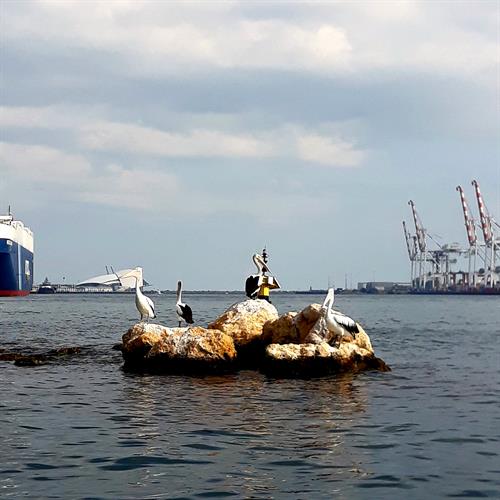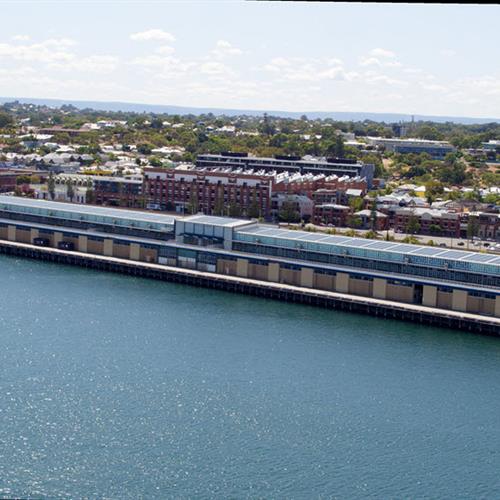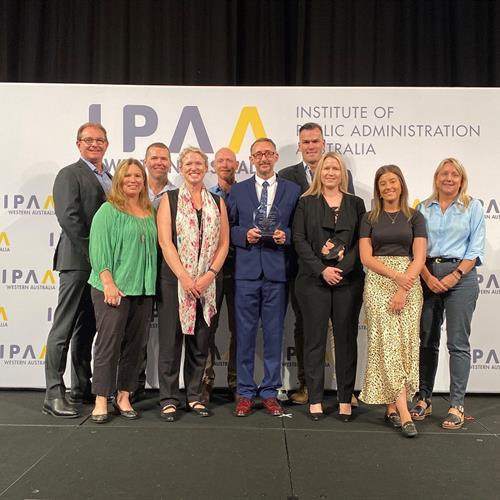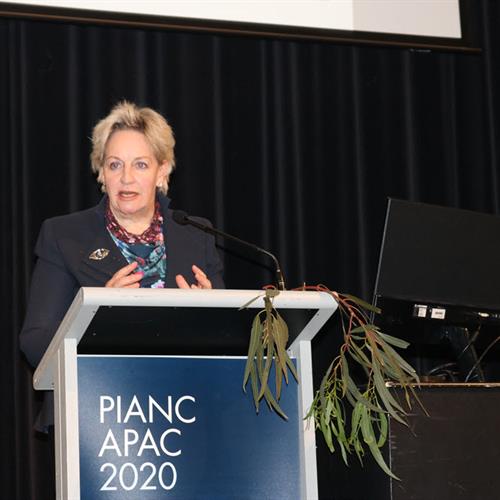Fairy Terns break tradition in 2020
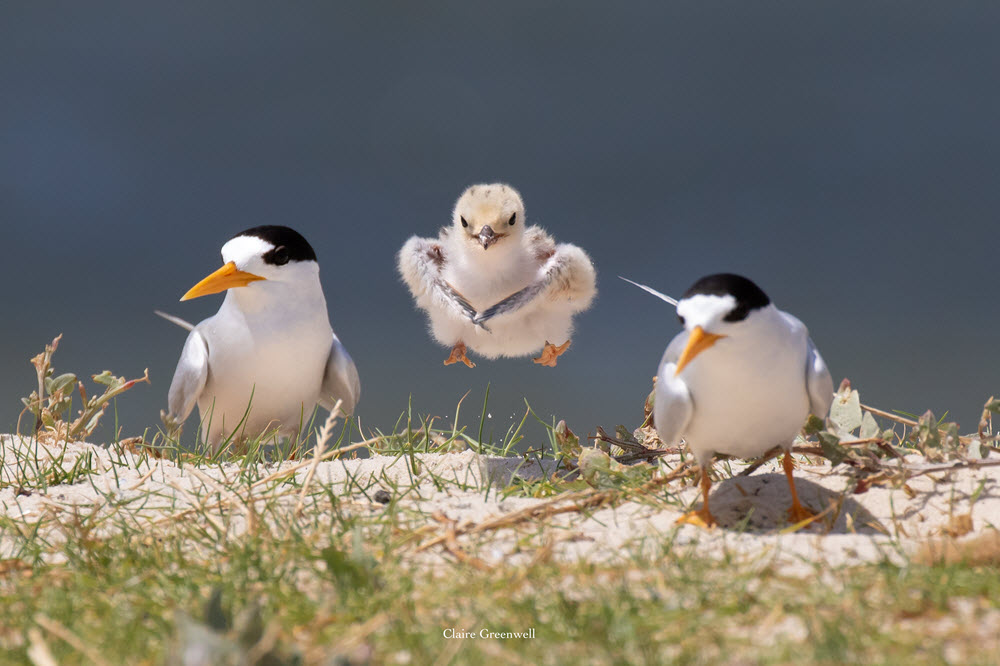
Australian Fairy Terns are having a break from nesting at Fremantle Ports’ Rous Head Sanctuary this summer, after six continuous seasons.
A researcher says it is not unusual for a colony to not return to a site one year.
The Rous Head Fairy Tern Sanctuary, established by Fremantle Ports in 2013, has been an ongoing voluntary project on a managed conservation area for the listed threatened bird species and was the most successful metropolitan breeding site last summer.
This summer, Fairy Terns have not returned to Rous Head and have chosen other colony breeding sites in the Perth metropolitan area, such as Point Walter in Bicton.
Murdoch University PhD researcher Claire Greenwell said the lack of birds at the site this season was not unusual and that they would almost certainly use the site in the future.
“Birds are known to move around during breeding seasons and I think using Rous Head for six years straight is one of the longest-running records at any site.
“They move around so the locations of colonies are not predictable to predators.”
She said other contributing factors could include food availability, habitat availability elsewhere or the social attraction of other birds nesting in a particular location.
Since the sanctuary was constructed, the adult breeding population has grown from 90 adult pairs in 2013-14 to 250 adult pairs in 2017-18 and about 220 pairs in 2018-19.

Port Environmental Advisor Adam van der Beeke said even though Fremantle Ports looked forward to Fairy Tern breeding season at Rous Head, the success of the breeding season as a whole was important.
“From Claire’s work we understand that the breeding populations across the greater metropolitan area, including Rottnest and Mandarah, are interconnected and so success at one particular site is not as important as we all first imagined,” Adam said.
“What is most important is making available secure and desirable sites like Rous Head which provide Fairy Terns the means to rotate their breeding location, reduce predation and support their recovery to a sustainable population over the long term.”
Fremantle Ports has sponsored a three-year Murdoch University research project into site establishment requirements and the breeding and feeding ecology of Fairy Terns. The outcomes of this research will be used to guide management programs for the species in the future.
The research is also supporting a broader Australian Bird and Bat Banding Scheme (ABBBS) project being led by the Conservation Council of Western Australia (CCWA).
Photos by Claire Greenwell
Find out how you can explore the port or get ferry and cruise info...

